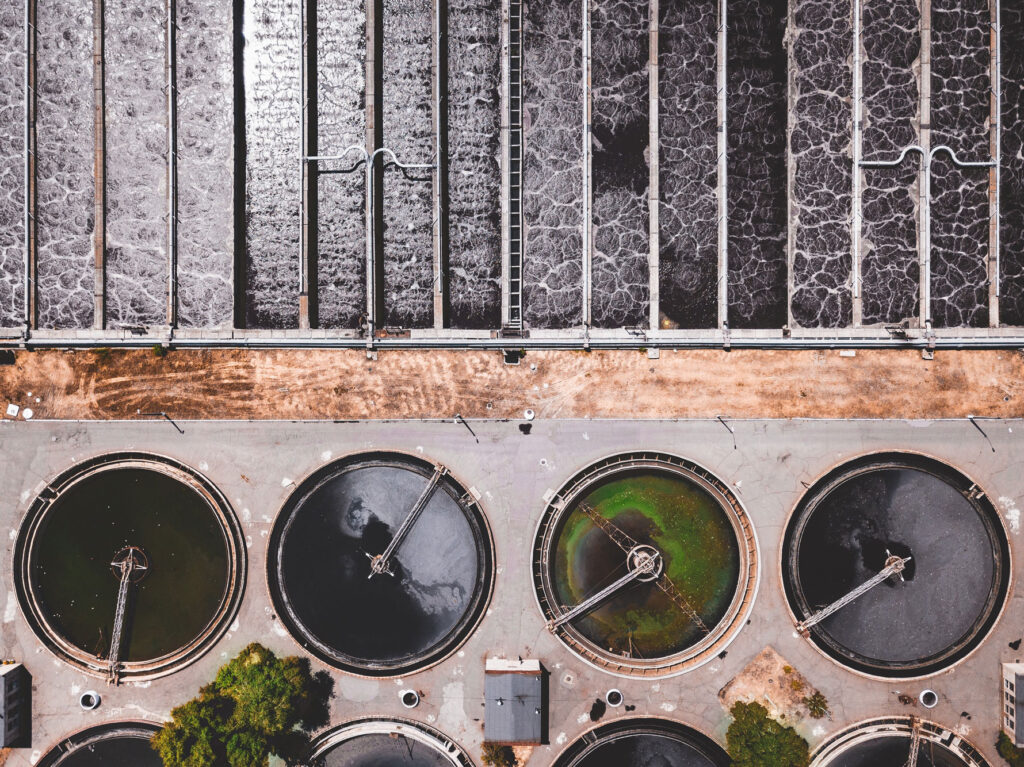The process of aeration and oxidation is one of the most important steps in water treatment, urban and industrial wastewater. In water purification by injecting air into the water, suspended particles float on the surface of the water and are separated. Another purpose of aeration is to oxidize iron and manganese. Aeration in wastewater treatment is done in order to provide dissolved oxygen in the aeration pond and perform biological activities.
Common aeration methods that depend on high power blowers along with diffusers or surface aerators for oxygen transfer consume significant energy but have low oxygen transfer efficiency. Also, they produce turbulent bubbles with a very high rising speed, which cause the removal of existing gases and prevent optimal aerobic digestion.
Advanced aeration with nanobubbles is a highly efficient oxygen transfer process that saturates the liquid with dissolved oxygen and billions of nano-scale microbubbles, thus enabling aerobic bacteria to function very efficiently by creating an oxygen-rich environment. Have.

In aeration by conventional methods, due to the limitation of oxygen supply, the removal processes of organic matter cannot be completed. However, in the aeration method by nanobubbles, there is no limitation in terms of oxygen supply. Unlike larger bubbles that quickly reach the water surface and disintegrate there, nanobubbles have very low buoyancy and can spread throughout the water due to Brownian motion. The long residence time of nanobubbles in water, as well as the larger surface area of the interface, increases their oxygen transfer capacity significantly compared to conventional aeration systems. Nanobubbles can be injected at any depth of the tank and transfer oxygen to all points such as the sludge layer at the bottom of the tank, which needs oxygen in order to promote aerobic decomposition and conversion of nutrients.
Advanced aeration with nanobubbles is an advanced method of injecting oxygen into water, which increases the efficiency of the biological treatment process, reduces the amount of gas released to the outside environment, and reduces treatment costs.
applications
Aeration ponds
Activated sludge tanks
Aerobic digesters
Stabilization ponds
ponds
Lift stations
Recreational lakes
Advantages
Significant increase in dissolved oxygen in water
Ideal and uniform distribution of oxygen at all depths
Reduction of purification time
Improving the treatment capacity
Reducing the volume of sludge
Reduce bad odor
044 34228120
0914 165 4908
Mako commercial and industrial free zone
Wali Asr town, Mako Free Zone Organization Technology Center, Unit 5
Postal code: 5861994308
info@nanohobab.com

Hasti Color Collection as one of the most advannce manufacturing factories